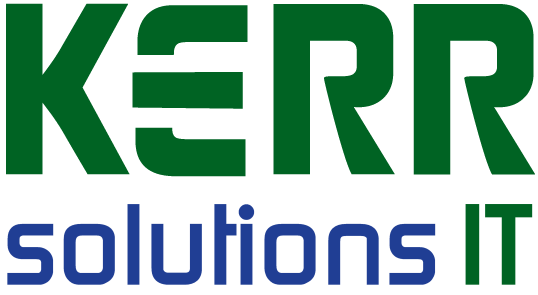– Decode Jargon for Wireless that will Go the Distance
It wasn’t too many years ago that when someone mentioned they were having problems with their wireless they were referring to the crackling radio sitting on the kitchen sideboard. Now-a-days the crackles and static are gone but often the problems still exist. ‘Wireless’ is a term loosely applied to a number of communication forms whereby the signal travels through the air instead of down a wire. With terms like Bluetooth, Infrared, Wi-Fi, Next G, 3G, 4G and Satellite being thrown around it is little wonder the average person feels confused and frustrated when having to deal with these technologies.
The picture gets even more confusing when some of these wireless technologies are used to carry both phone calls (voice) and internet / email signals (data). The easiest way we can categorise the different forms of wireless here is on their useful connection distance.
The Bluetooth & Infrared are only good for very short distances – up to around 10 meters with Wi-Fi extending to around 100 meters without too many obstacles. For this reason both Bluetooth and Infrared are often used for things such as cordless keyboards and mice.
Wi-Fi which is also often called ‘wireless’ is used often to link computers and laptops within the same building or across a site or campus. This is also the same signal that is found at McDonalds or in airports and motels as well as from a home router. It is this Wi-Fi signal which is often ‘hacked into’ by somebody close by to leech off an Internet connection (if it hasn’t been setup right).
The Next G, 3G and 4G mentioned above are again ‘wireless’ technologies but with longer range and hence are mostly used by the likes of Telstra and Optus from towers on hill tops – Mt Archer for instance. This signal can not only carry a phone call but also ‘data’ where it is often referred to as ‘wireless broadband’ or Next G (a Telstra product name more than a technology name). If you are within the range of this signal (around 10 to 20 kms – depending on terrain) you can both use a mobile phone for calls or data (browsing the Internet or emailing on a smart phone) or use a laptop with the associated ‘USB stick’ to receive the signal and gain Internet / Email access.
Probably the most confusing products are the likes of the BigPond Elite Gateways which can sit on our kitchen bench and receive a wireless broadband signal from towers such as those on Mt Archer and re-broadcast this signal as a Wi-Fi signal to other devices (laptops, computers and smart phones) within the same house or building.
Keep in mind that if you are after Internet access in your home or office then still the best option will be ADSL or cable (using the underground cables).
Future Byte Me topics can be emailed to [email protected] and Bruce is contactable at Kerr Solutions, 205 Musgrave Street or on 07 49 222 400.
We have developed a brilliant self-help troubleshooting section on our website – so if you are having computer problems, but can still browse the web, please check it out. Click here to go to Kerr Solutions IT Troubleshooting
For more advice and assistance from Kerr Solutions, like and follow us on Facebook

